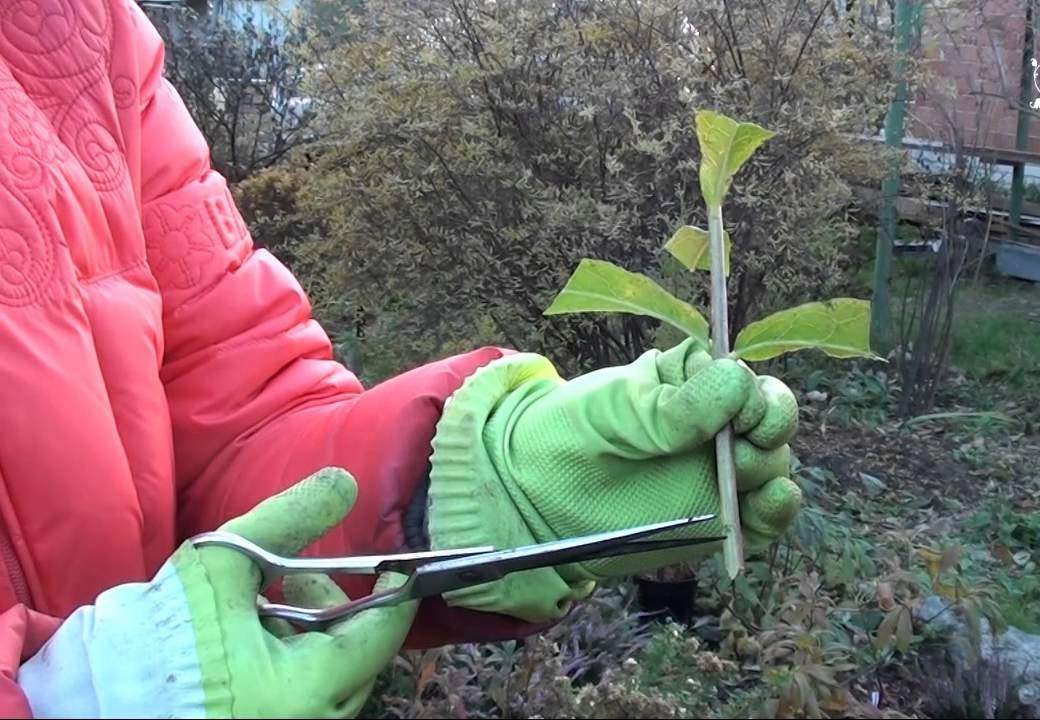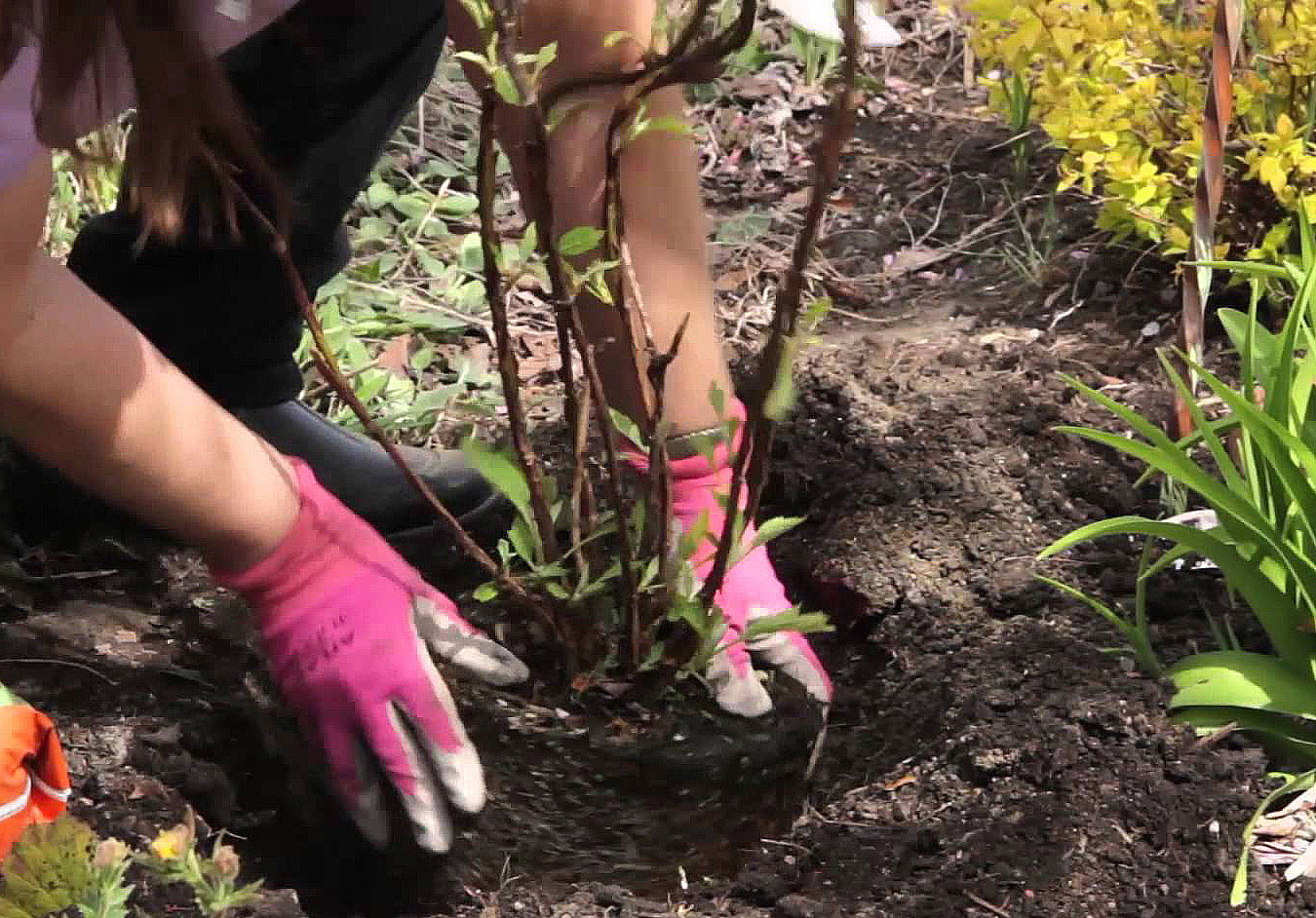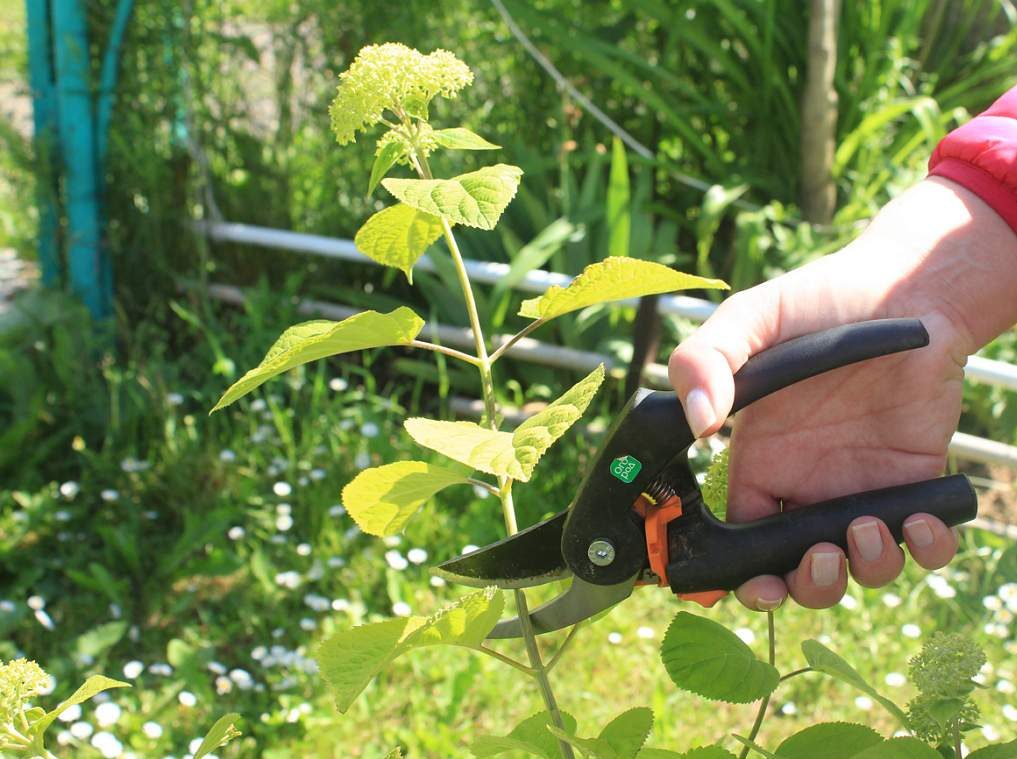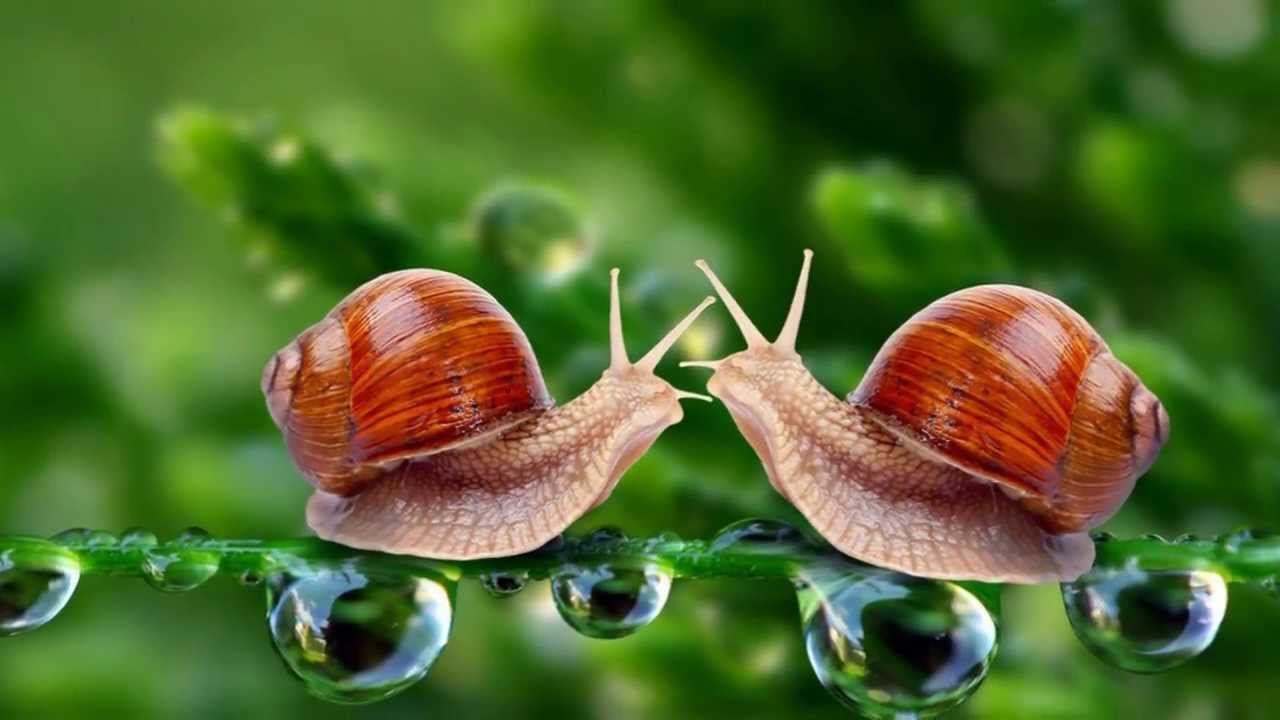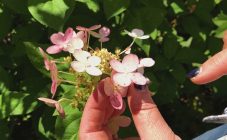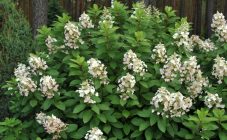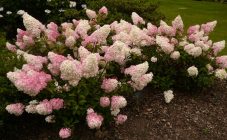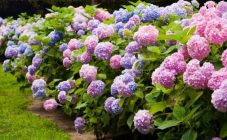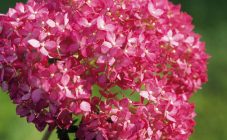Content:
Hydrangea is prized by gardeners for its comparative unpretentiousness and duration of flowering. One of its varieties - Limelight hydrangea - was recently bred by breeders, but in a short period has won many awards and prizes at various flower exhibitions.
Characteristics of culture
Hydrangea grows as a shrub up to 3 m in height, a small tree or a liana climbing trees. It can be deciduous and evergreen. Most of the hydrangeas grown in gardens are deciduous.
Flowers are of 2 types: spherical and panicle-shaped. The buds contain 2 types of flowers: fertile, growing in the middle and sterile, located at the edges. Infertile are usually larger in size. It happens that all fertile flowers are of the same size. The fruit of the hydrangea is a box with several chambers containing small seeds.
The leaves of the plant are opposite, large, oval with a slight pointed upward. Veins are clearly visible on a sheet plate with a serrated edge.
Description of the variety
Panicled hydrangea, to which the Limelight variety belongs, is large in size. In temperate climates, its height reaches 2.5 m. Limelight, bred by Dutch breeders, grows up to 2 m in height, and has the same crown diameter. In addition, a small copy of it was created - the Little Lime hydrangea.
Florists from Holland were given the task of bringing out a shrub with strong stems, characterized by frost resistance - and they coped with it perfectly. Hydrangea Limelight does not need props, since it has strong shoots that can support the weight of large inflorescences.
Hydrangea blooms in the middle of summer with bright green buds (lime color). Gradually, it becomes soft lemon or white. Flowering ends in the second half of September. By this time, the inflorescences acquire a pink color.
Reproduction
Hydrangea paniculata Limelight propagates by seeds or cuttings. Since her seeds are small, the soil is prepared carefully. The plot is selected with light, fertile soil, which is dug to a depth of 25 cm. Then the territory is well leveled.
Seed propagation
You can sow seeds in spring and autumn. If sowing is carried out in the spring, the seeds are stratified: they are kept for 30 days at a temperature of 3-4 ° C. Sowing is done with lines, the distance between which is 10-12 cm.
The seeds are left on the surface of the soil without embedding them inside. For spring sowing, you can spray with a spray bottle to make contact with the soil. In the autumn, they will sink into the ground themselves after the snow melts. You do not need to mulch them, since tender seedlings under mulch can rot. You can shade the beds with burlap or shields.
Propagation by cuttings
The best time to harvest cuttings is July. They are cut in the morning, and planted on the same day. Rooting is done under a film cover.
Propagation of hydrangea by cuttings step by step:
- Cuttings with 1-2 internodes are cut.
- Their lower part is treated with growth stimulants.
- The cuttings are planted in a substrate consisting of equal parts of washed sand and peat, at a distance of 5 cm from each other.
- The greenhouse is covered with burlap or shields to prevent moisture evaporation from the leaves.
- The seedlings are sprayed with water 2-3 times a day.
After about 2-3 weeks, the cuttings will take root. After that, the shading and the film are removed. In late autumn, the seedlings are covered with foliage up to 15 cm thick, covered with foil and shields on top. In the spring, the seedlings are planted according to the 15 × 15 cm scheme. A year later, the grown hydrangea plants are planted in a permanent place.
Planting and caring for hydrangea Limelight in the open field
The soil on which the hydrangea will constantly grow must be loose, fertile, moist. Place the plant away from trees and large shrubs. Because the hydrangea has a shallow root system, large neighbors will take water and nutrients from it.
Landing
The bushes are planted in a sunny place or in partial shade at a distance of 1.5 m from each other. The area must be protected from northerly winds. Pits for planting are dug 60 × 60 × 40 cm in size. The garden soil is mixed with humus, a little complex mineral fertilizer is added. A hydrangea is planted in this soil mixture.
The root collar does not go deep: it must remain at the soil level. After planting a seedling, the ground around it is slightly compacted and watered abundantly. After that, the planting site is mulched with peat or sawdust.
Care
Hydrangea paniculata Lime light is a moisture-loving plant, so you need to water it often. 2-3 buckets of water are poured under each bush at least once a week.
The introduction of various fertilizers is a prerequisite for the growth and flowering of the bush. In the spring, fertilizing is done with complex fertilizers (about 30-35 g per plant). When the hydrangea begins to bloom, fertilize with nitrogen fertilizers (for example, 15-20 g of urea). In the same way, hydrangea is fertilized in the middle of summer.
At the end of August, the last feeding is done. It consists of a mixture of superphosphate (60-80 g) and potassium salt (40-45 g) for each plant. Organic matter is applied once every 2-3 years.
The soil must be periodically loosened and cleaned of weeds. These procedures will improve air access to the roots and help to retain moisture. It is necessary to loosen shallowly, given the superficial root system of the hydrangea. This variety of hydrangea is winter hardiness, so an adult plant can not be covered for the winter.
Pruning
In panicle hydrangea Lemon lime, inflorescences are formed on the shoots of the current year. In the fall, all the buds are cut out. In the spring, before the buds awaken, old, broken branches are cut out, and 6-12 of the strongest are left. Old shoots are cut into a ring, and strong ones are shortened by 3-4 pairs of buds. This procedure will promote more lush bloom.
If you cut out all the shoots, and leave only one, you can form a hydrangea in the form of a tree - a trunk. Its branches develop only in the upper part. They will also need to be shortened periodically. If the plant is cut correctly, the result is a small tree with a lush crown.
Diseases, pests and methods of dealing with them
Hydrangea can be affected by diseases associated with improper care, as well as fungal and viral. Let's consider some of them:
- If the hydrangea is not fed for a long time, its leaves begin to turn yellow. These are signs of a disease called chlorosis. Most of all, in this case, the plant lacks iron. In order for the hydrangea to fully build up the green mass, the inflorescences bloom profusely, it is necessary to feed it with iron preparations.
- Fungal diseases can affect the plant due to the fungus found in last year's leaves. When favorable conditions are created, they begin to develop and harm the plant. For the prevention of diseases, the bushes are sprayed with Bordeaux liquid or various fungicides in early spring and autumn.
- Viral diseases are dangerous. They are brought into the area with planting material, as well as various insects or poorly processed tools. One of the most serious diseases is ring spot. She is not curable. The bush must be uprooted and burned.
Aphids, spider mites, and snails can harm hydrangeas. Aphids feed on plant sap, taking away its vitality, and can also carry viruses. The spider mite reveals itself by the presence of a marble pattern and cobwebs on the sheet. Over time, the leaves turn yellow and fall off. Various insecticides are used to control pests.
Snails can destroy young seedlings as they feed on delicate leaves and stems. You can get rid of them by collecting them by hand, or placing containers with special preparations near the plants.
Use in landscape design
Hydrangea Lime is used both singly and for group planting in flower beds, lawns. Looks beautiful in composition with conifers and ornamental shrubs. It also looks spectacular with perennial flowering plants: irises, lilies, peonies. Blooming bushes will serve as a decoration for fences and various buildings.
In the spring, hydrangea only increases the green mass and is still not very attractive, therefore, bulbous plants flowering during this period can be planted with it: daffodils, muscari, tulips, crocuses, hyacinths.
Hydrangeas will be a beautiful backdrop for low-growing plants and foreground for taller trees and shrubs. If the gardener's territory does not allow growing such a large shrub, there is a more compact variety on sale - Little Lime hydrangea. This is a bush up to 1 m high.
Having planted a panicle hydrangea Little lime or tall on his plot, the gardener will acquire a beautiful planting, pleasing him with its unusual flowering for many years. Not every plant is able to start flowering with a gentle green tint, continue with lemon, and end with pink.

